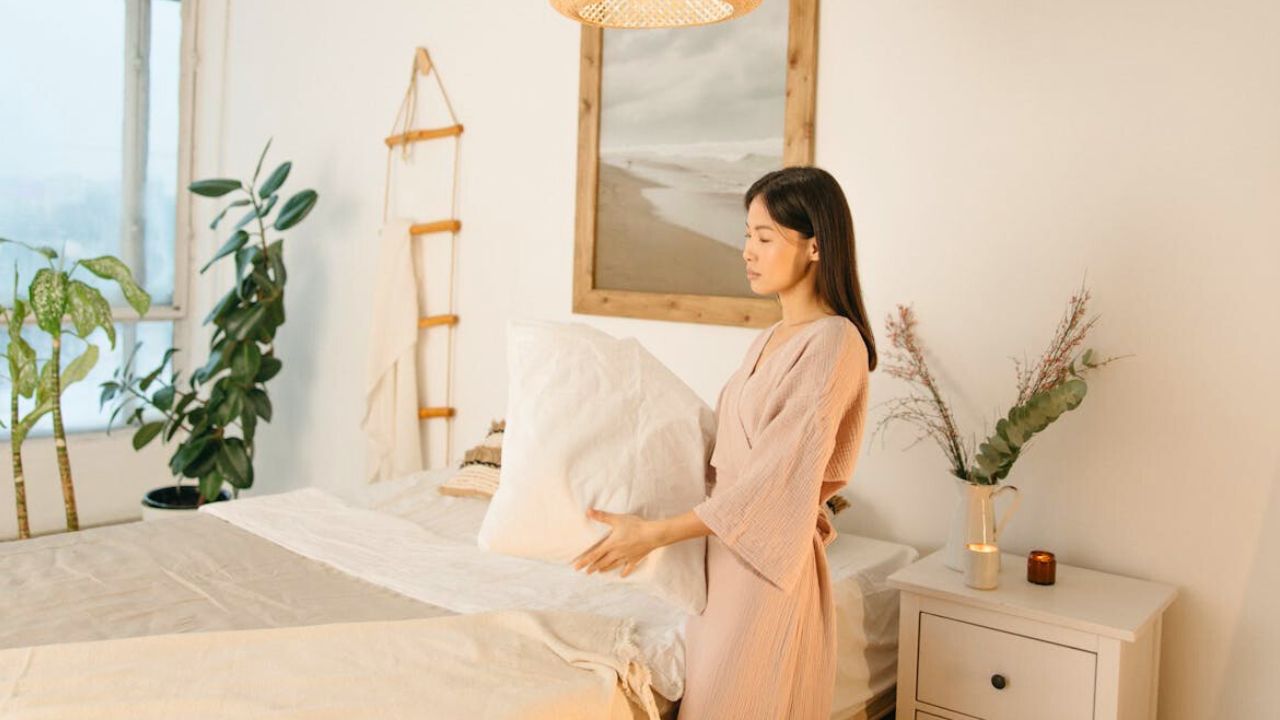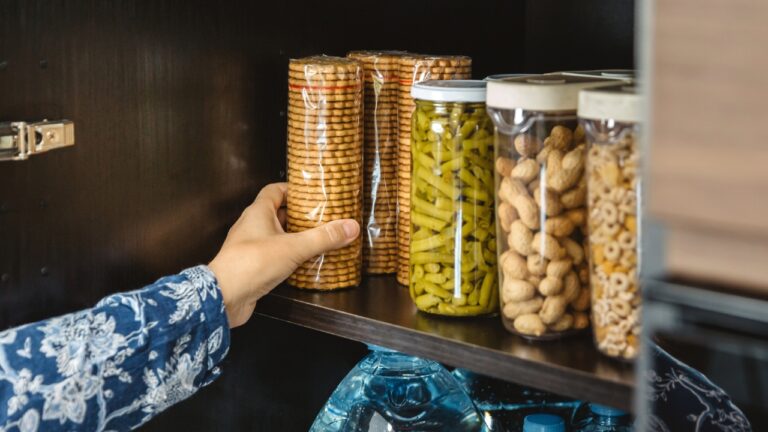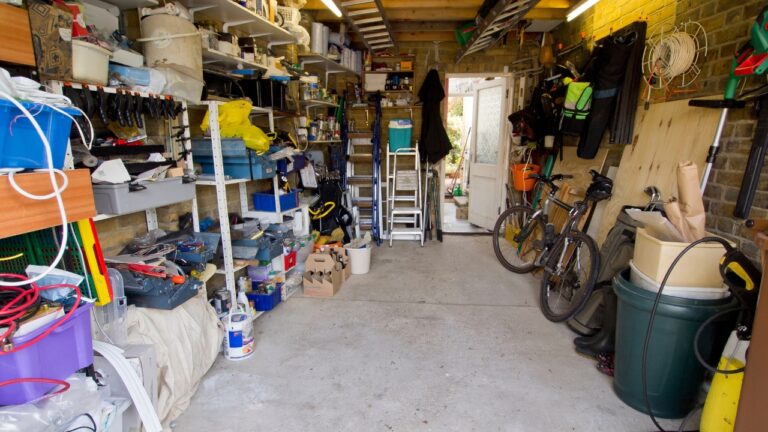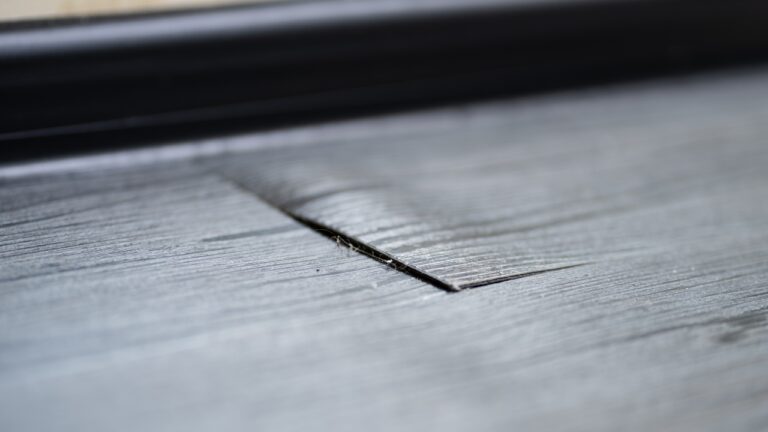9 ways to layer a room so it feels complete
Layering is why finished rooms feel rich without being fussy. You’re stacking texture, light, and height so the space holds you—morning to night—without feeling busy.
Start with the floor and work up

Rug first. It sets the footprint and the color temperature.
If you love pattern, keep it on the rug and let curtains go textured and quiet. If your rug’s calm, curtains or pillows can carry the pattern.
When the base is right, everything above lands easier.
Add lighting in three heights

Ceiling light for volume, sconces or picture lights for eye level, and lamps for faces.
Stick with warm bulbs so the layers glow instead of glare. Use one dimmer in the space you live in most at night.
Light is 50% of how a room feels after 5 p.m. Don’t leave it to one fixture.
Mix smooth and nubby textures

Leather with linen. Velvet with oak. Waffle cotton with metal.
Layer at least three textures you can feel. The more you can touch, the less you need to decorate.
Texture is how “neutral” rooms stay interesting without piling on color.
Dress the windows like they matter

Curtains hung high and wide add height; woven shades add structure.
Even one layer—linen panels that kiss the floor—changes the posture of the room. Add a shade if you need privacy and want that tailored line.
Windows set the mood because they control light and edges.
Stack soft goods with a plan
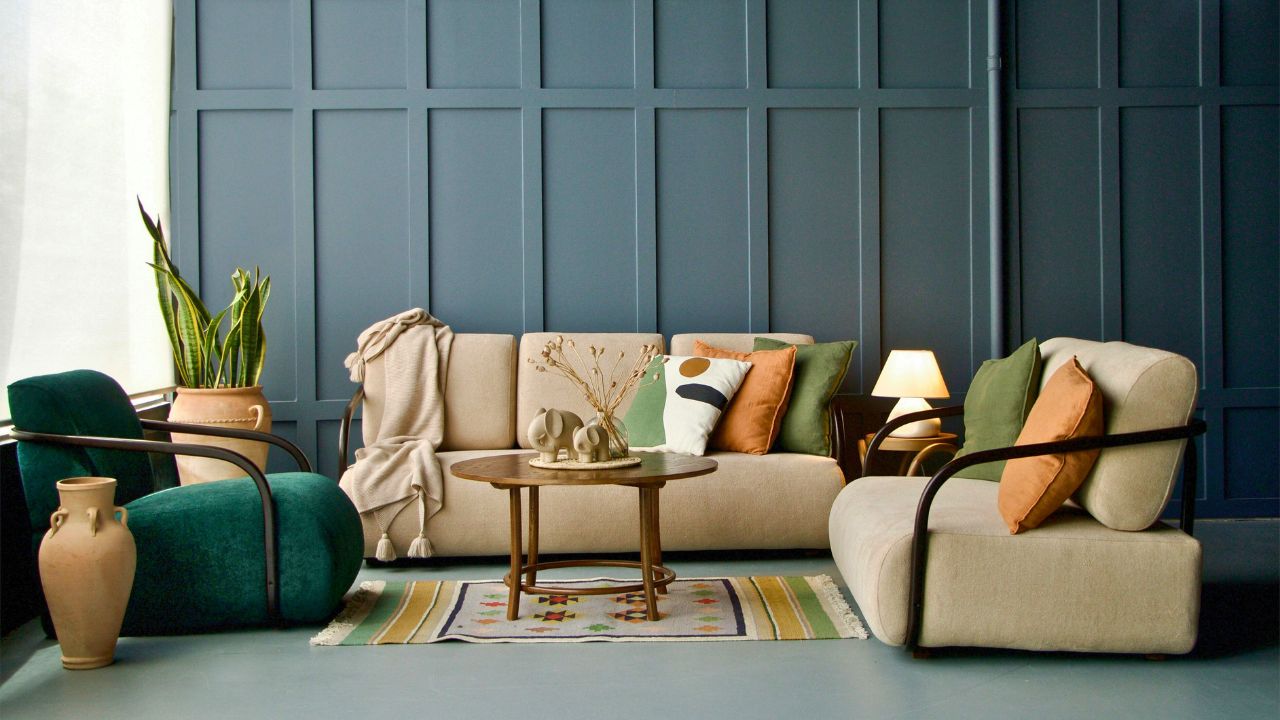
On a sofa: two solids with texture plus one patterned lumbar. On a bed: sheets, thin quilt, duvet folded at the end.
Keep colors tight to your palette. Let shape and texture create the layer, not six competing prints.
It looks “designed” because nothing is shouting for attention.
Bring in a living layer
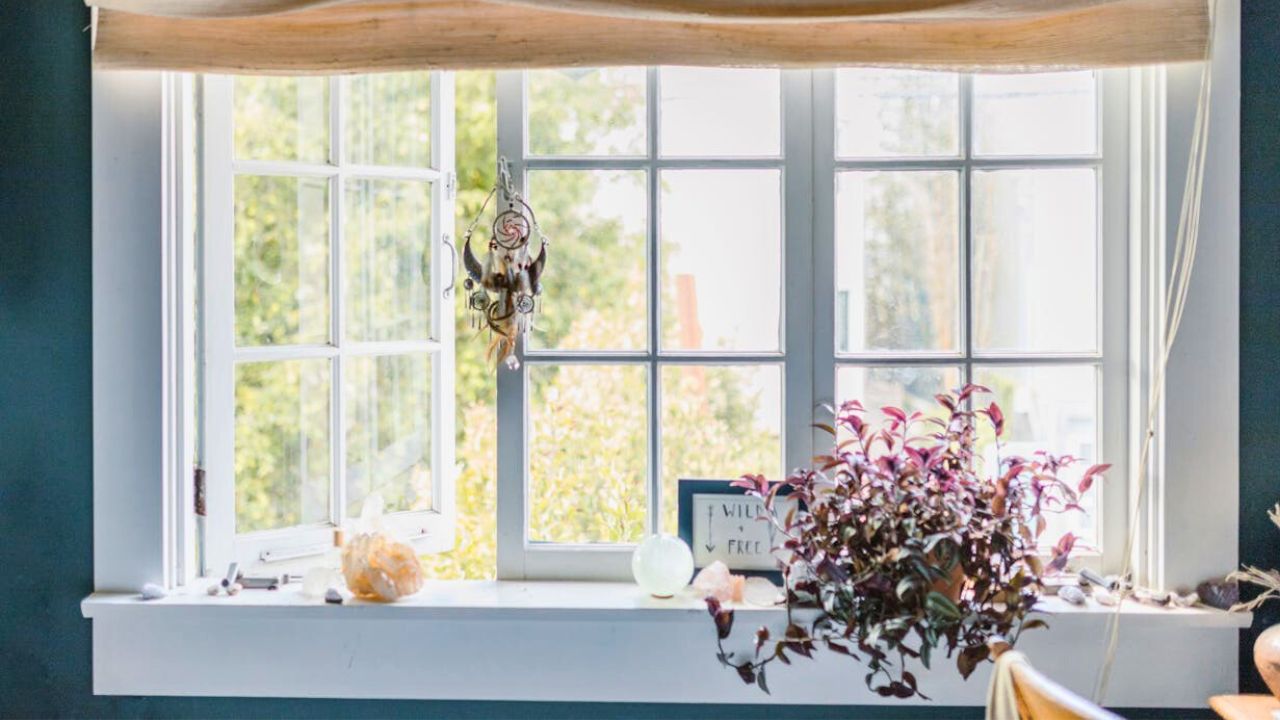
A plant, branch, or bowl of green apples softens the hard stuff.
Place it where light hits—by a window, in front of a mirror, or on the island. Living things make spaces feel current even when the furniture is old.
One good plant beats five struggling ones.
Style one vertical moment
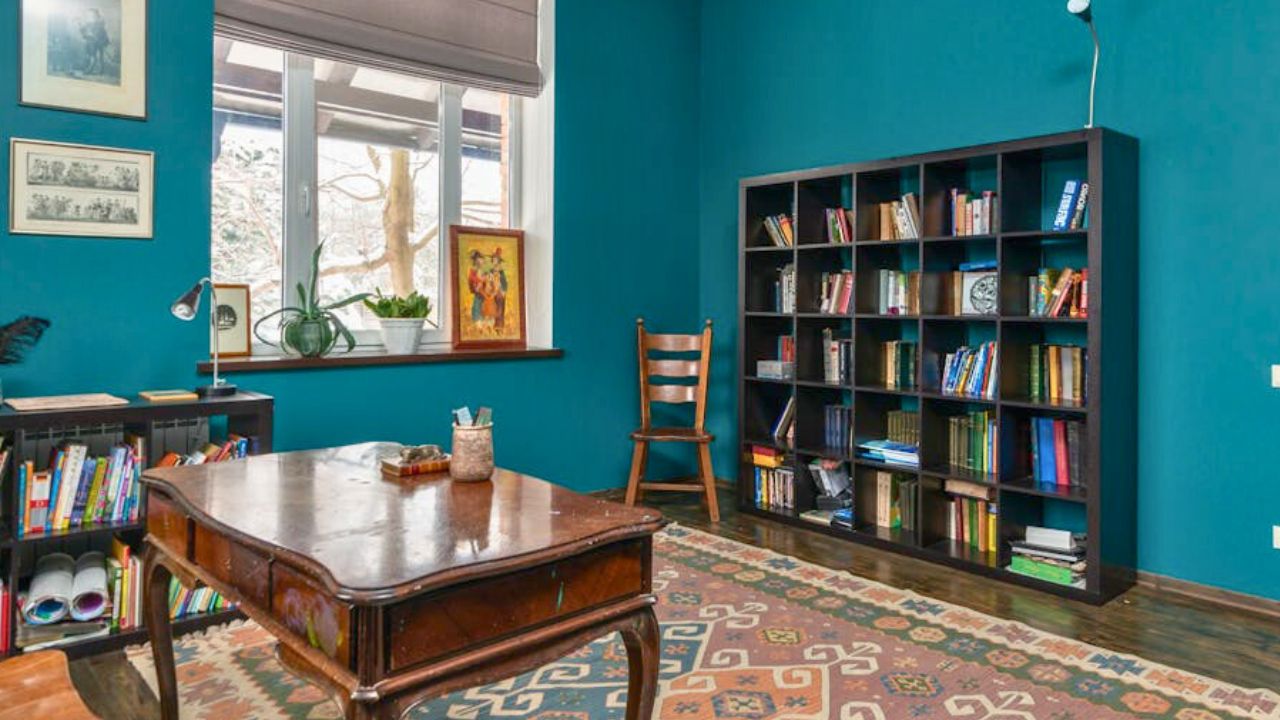
Bookshelves, a tall dresser, or a shallow console wall can carry height.
Stack books horizontally and vertically, add a bowl, a frame, and leave gaps. Repeat one material three times.
Vertical layers keep the eye moving so the room doesn’t feel squat.
Use scent and sound as quiet layers

A single lightly scented candle at dusk. Soft music on a small speaker during the reset.
Those tiny signals tell your brain “we’re done for the day,” which is half the reason layered rooms feel comforting.
This part costs almost nothing and does a lot.
End with a five-minute nightly reset
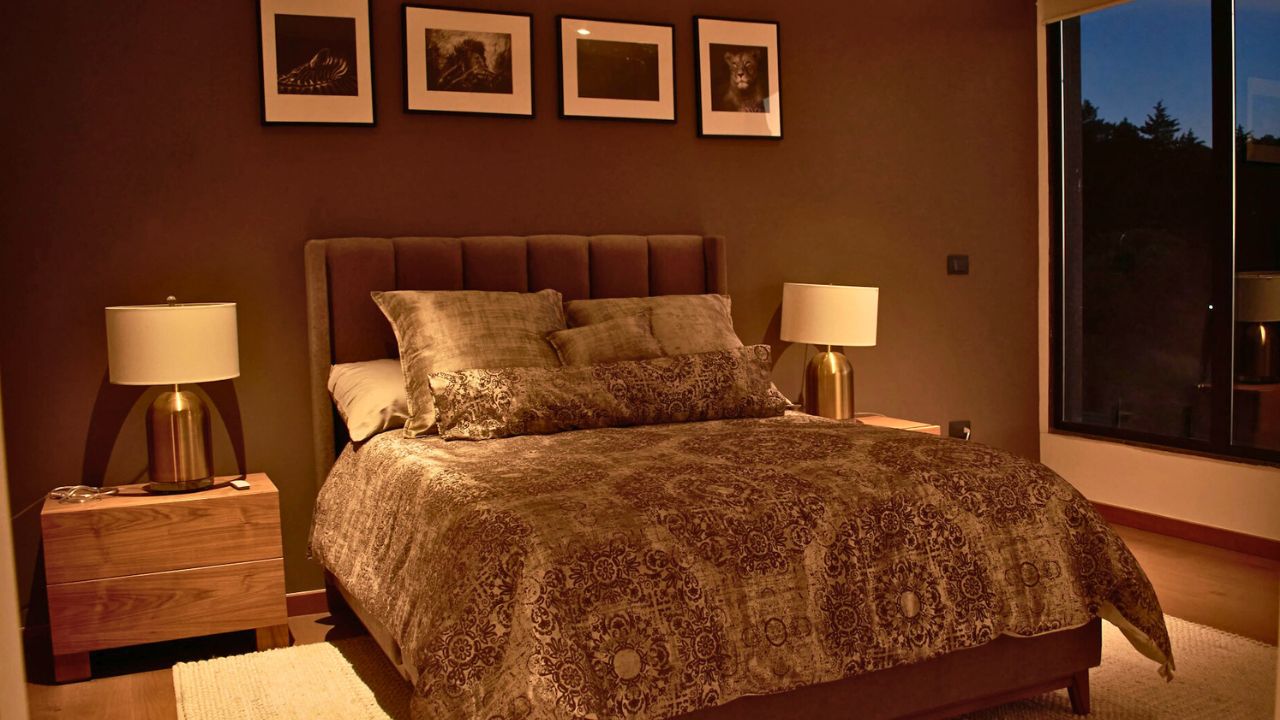
Fold the throw, fluff the pillows, clear the tray, and click the lamp.
Layers look intentional when they’re tidy. The habit keeps the room feeling finished without you redecorating every weekend.
Consistency beats more stuff every time.
Like Fix It Homestead’s content? Be sure to follow us.
- I made Joanna Gaines’s Friendsgiving casserole and here is what I would keep
- Pump Shotguns That Jam the Moment You Actually Need Them
- The First 5 Things Guests Notice About Your Living Room at Christmas
- What Caliber Works Best for Groundhogs, Armadillos, and Other Digging Pests?
- Rifles worth keeping by the back door on any rural property
*This article was developed with AI-powered tools and has been carefully reviewed by our editors.

